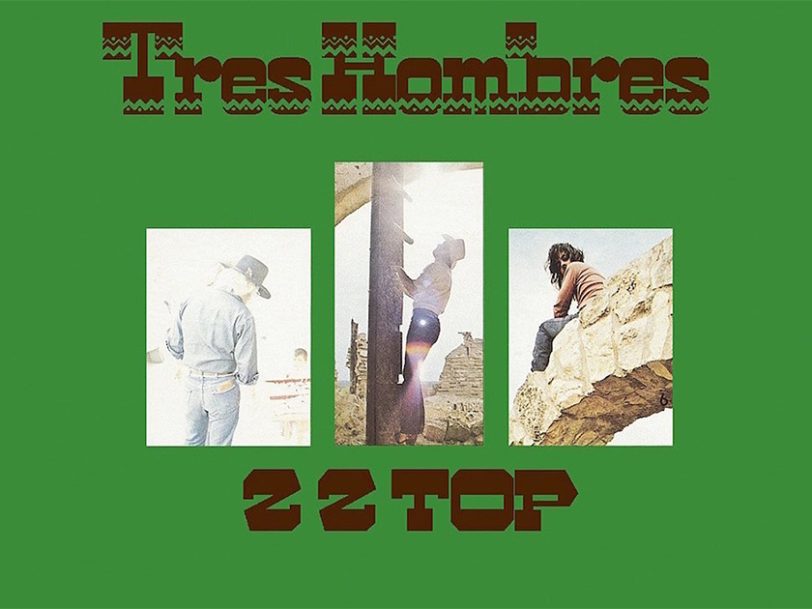Having long since styled themselves as “that little ol’ band from Texas”, hirsute rockers ZZ Top have never been ashamed of their roots. Yet while Billy Gibbons, Frank Beard and the late Dusty Hill will always be synonymous with the Lone Star State, a journey to another of the Southern states’ most significant musical meccas provided much of the inspiration for their landmark third album, 1973’s Tres Hombres.
Listen to ‘Tres Hombres’ here.
The backstory: “Memphis inspires you to write”
“We’ve always ascribed to the old phrase: ‘T for Texas, T for Tennessee’,” vocalist/guitarist Billy Gibbons told Classic Rock magazine in 2020. “There was something about it… I suppose by sticking in Memphis it offered us a little psychological advantage of maybe getting away from the house for a while.
“When you get into Memphis and you start breathing that air and you feel that musical vibe hit you, it inspires you to write,” he added. “There’s just something that comes over you. I don’t know if it’s this lineage of rich musical heritage… So we go up and live it, breathe it and see what we can do with it.”




